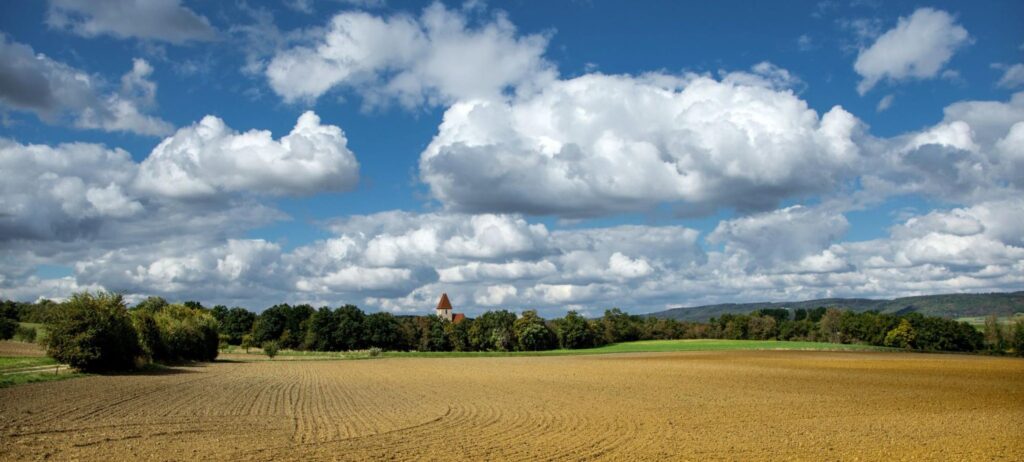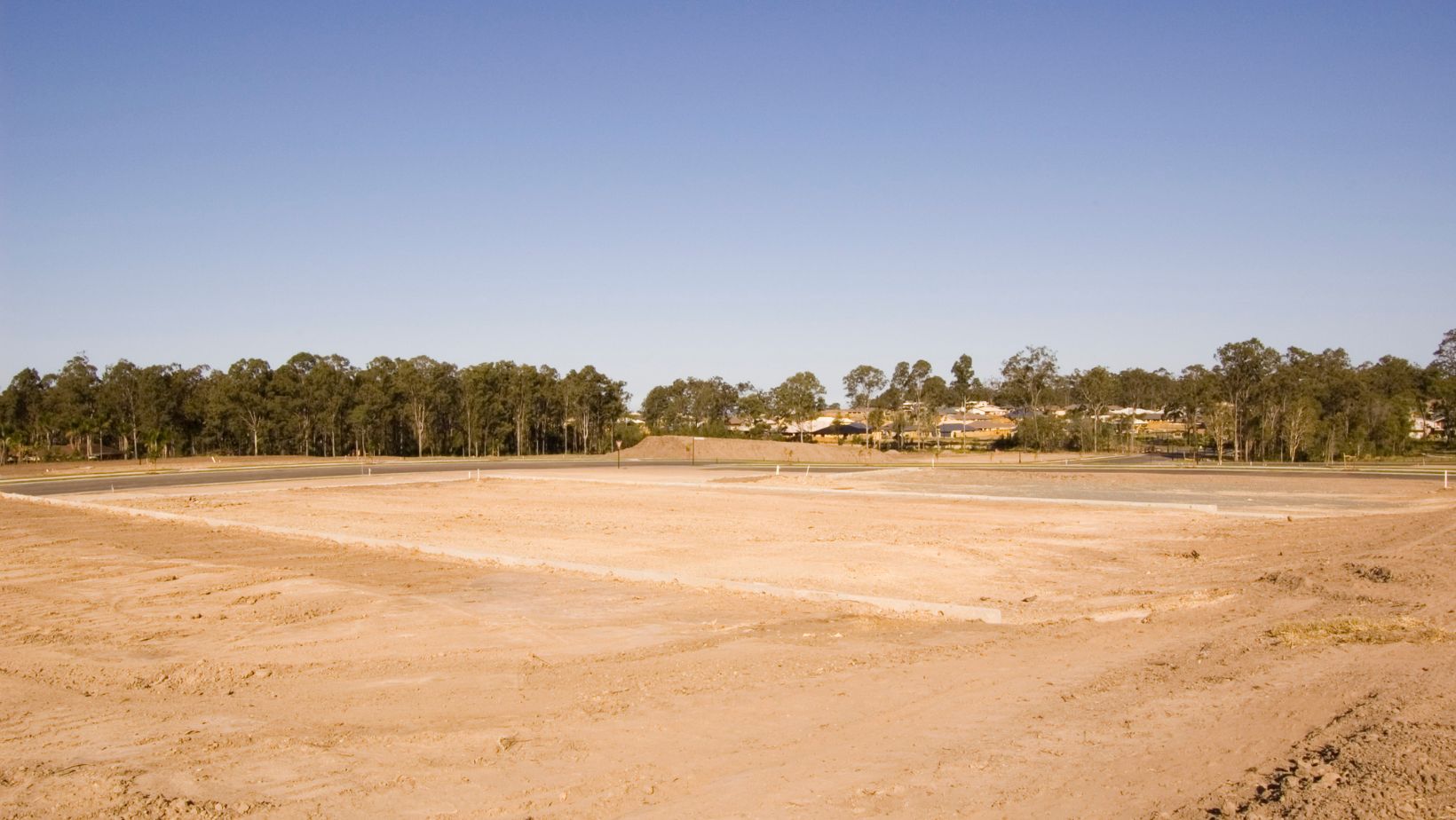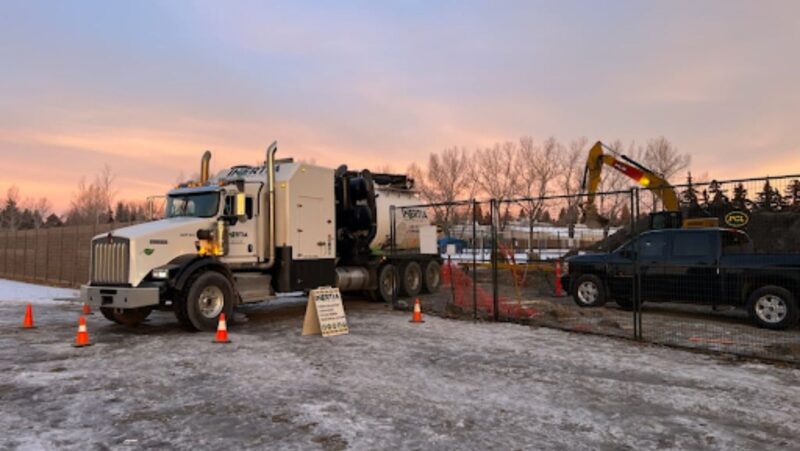
Land valuation is an essential part of real estate, especially for buyers, sellers, and developers looking to make informed decisions. While the overall value of land is dictated by several factors, understanding these key elements can help stakeholders estimate the property’s worth accurately. Land value isn’t static; it fluctuates depending on physical, economic, and regulatory influences. In this article, we’ll explore the critical factors that affect property value and how they shape real estate transactions.
Location: The Prime Determinant of Value
One of the most critical factors influencing land value is location. A property located in a highly sought-after urban area will command a higher price than a similar plot in a rural or less developed region. Proximity to amenities such as schools, shopping centers, and transport links also plays a significant role. Areas that are undergoing rapid development or gentrification typically see a sharp increase in land values.
On the other hand, remote or underserved areas may struggle to maintain or grow their value over time. A well-located property offers convenience and access, two elements that buyers are willing to pay a premium for. Additionally, environmental factors like views, natural features, and climate conditions specific to the location also contribute to determining the overall value of a land parcel.
Laws and Land Use Restrictions
Zoning Regulations
Zoning regulations are a type of land use control that specifies how land can be used. They are typically implemented by local governments, such as cities and counties. Zoning regulations can dictate what types of buildings can be built on a piece of land, as well as their size, height, and density. For example, a piece of land zoned for commercial use in a bustling city center will have significantly more value than a residentially zoned plot in the same area, simply because it allows for a wider range of potential profitable uses.
Land Use Restrictions
Land use restrictions are a type of land use control that limits how land can be used. They can be implemented by a variety of entities, including local governments, property owners associations, and developers.

Land use restrictions can take many forms, such as setback requirements, minimum lot sizes, and restrictions on the type of development that is allowed.
Impact on Land Value
Zoning regulations and land use restrictions can have a significant impact on land value. For example, land zoned for commercial use in a high-demand area will be more valuable than land zoned for residential use in a low-demand area. Additionally, land use restrictions that limit the potential for development will also negatively impact land value. On the flip side, properties zoned for future development or rezoning opportunities can see their values soar as market demand shifts.
Market Trends and Economic Conditions
The overall state of the economy plays a major role in determining land value. During times of economic boom, property prices generally increase as demand surges. Conversely, in periods of economic downturn, land values may stagnate or decrease. Inflation, interest rates, and employment levels directly influence real estate demand and supply. As consumer confidence rises or falls with economic trends, so does their willingness to invest in property.
Land values are also tied to the cyclical nature of the real estate market, which goes through periods of high and low demand. Market trends such as population growth, urbanization, and migration patterns can drive up demand for land, leading to value appreciation. Investors must stay informed about these trends to time their purchases and sales for maximum returns.
If you’re looking to take advantage of favorable market conditions, connecting with Prime Land Buyers can help you move quickly while securing a competitive offer aligned with current trends.
Size, Shape, and Topography of the Land
The physical characteristics of the land, including size, shape, and topography, are key factors that can either add or subtract value. Larger plots of land generally have a higher value, especially when they offer flexibility for development. However, the shape of the property is just as important as its size. Irregularly shaped plots might not be as appealing to developers or buyers due to construction limitations, even if they cover the same square footage as a regularly shaped lot.
Topography—how flat or sloped the land is—also plays a crucial role. Flat land is easier and more cost-effective to develop, making it more valuable than steep or uneven plots that require significant grading and landscaping. Soil quality, drainage, and exposure to natural elements can further affect the land’s utility and, consequently, its value. When considering land investments, it’s important to account for how these physical characteristics may limit or enhance the property’s potential use.
For those looking to buy or sell land quickly, services like Fast Land Offers provide solutions that streamline the process, ensuring competitive pricing and efficient transactions.
Infrastructure and Accessibility
Accessibility and existing infrastructure are key determinants of land value. A property with direct access to roads, public transportation, and utilities such as water, electricity, and sewage will naturally command a higher price than one that is isolated or lacks essential services. Developed infrastructure reduces the costs and time associated with making land build-ready, which is why investors prioritize locations with good connectivity.

Additionally, ongoing or future public infrastructure projects—such as new highways, transit systems, or airports—can dramatically increase land values in the surrounding areas. These projects signal growth and development, turning previously overlooked land into highly sought-after investment opportunities. For instance, land near major highways or transit hubs often fetches premium prices due to the increased accessibility it offers.
Environmental and Ecological Factors
Environmental conditions, both natural and man-made, play a significant role in land valuation. Land prone to natural disasters such as floods, earthquakes, or landslides may see a decline in value as these risks deter potential buyers. On the contrary, properties in regions with favorable climates or low environmental risks will often see higher demand, leading to increased land prices.
Environmental regulations can also affect the value of a property. For instance, land that falls under protected areas or wetlands may have limited development opportunities, lowering its market value. Additionally, land with contamination or pollution issues will require costly cleanups before it can be developed, further reducing its desirability. However, land that meets sustainability standards or includes environmentally friendly features can attract eco-conscious developers and buyers, increasing its market value.
Conclusion
The valuation of land is a multifaceted process influenced by a combination of location, zoning laws, market trends, physical characteristics, infrastructure, and environmental factors. Understanding these elements is crucial for anyone involved in buying or selling property, as they directly impact profitability and long-term investment potential. Staying informed about the trends and regulatory changes that shape land value will allow investors, developers, and homeowners to make better decisions and capitalize on opportunities in the real estate market.












